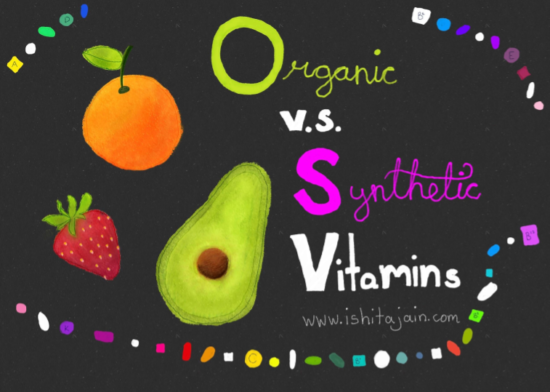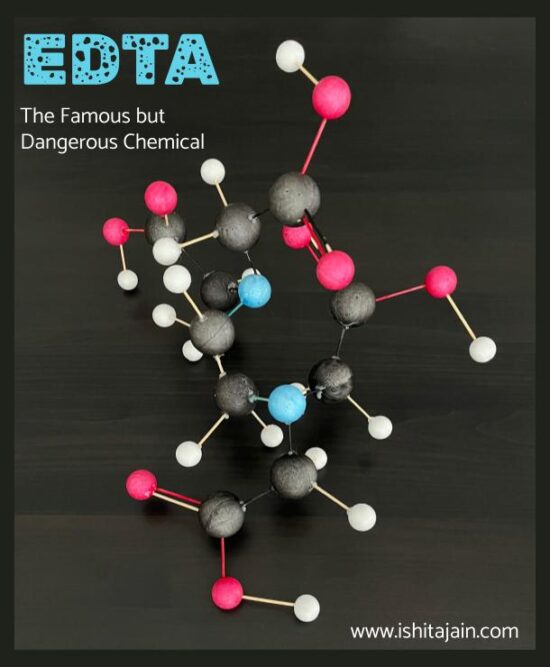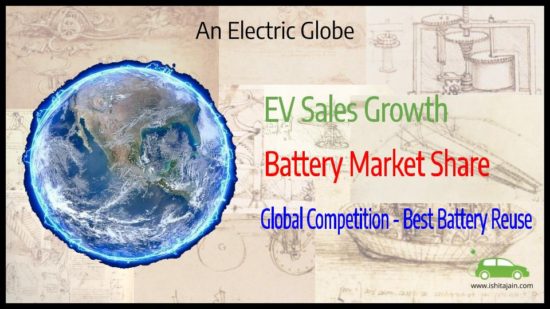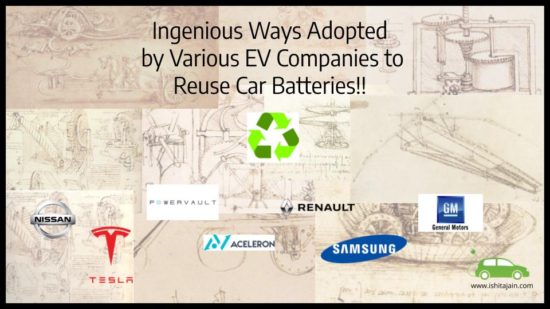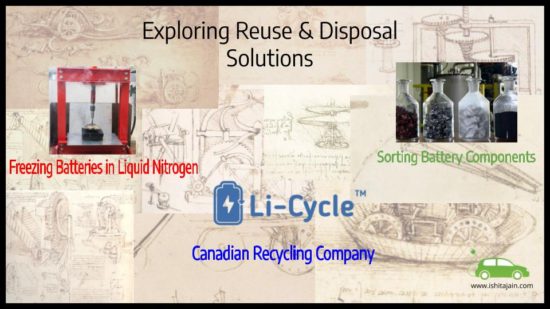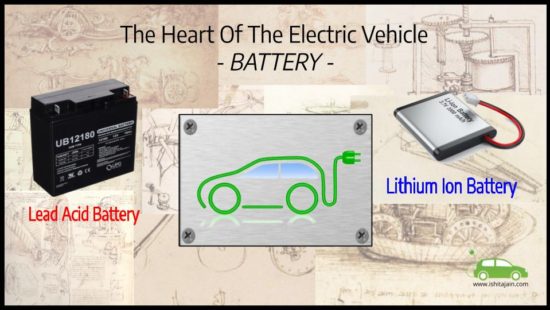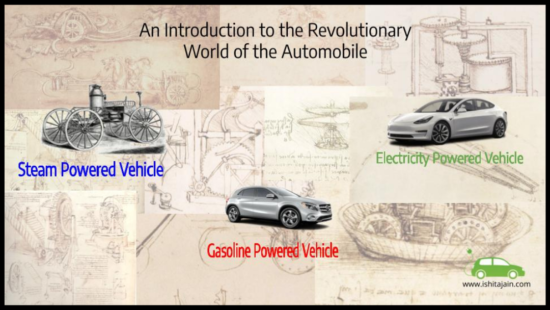Post #86: Ethics Bowl Ontario Championships 2025
The Ethics Bowl is a practice of genuinity, discourse, and humility, as youth from various backgrounds come together to try and tackle some of the world’s most pressing, nuanced issues. A particular highlight of the event was Professor Lu Vada Dunford’s lecture on Consciousness and AI. These Provincials were unforgettable, and I would like to extend a warm thank you to the organizers of the Ethics Bowl, from the University of Toronto faculty to the undergraduate network, for shaping my high school journey since Grade 9 through critical discussion.


